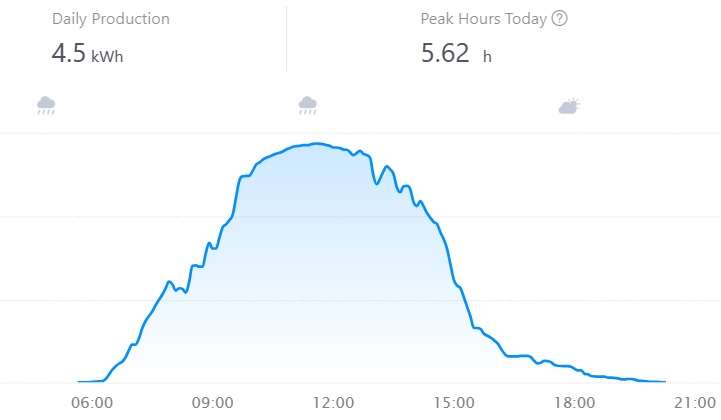The solar bell and the solar duck are both related to solar production, but in different ways. The solar bell is a proposed design for capturing solar energy in offshore floating domes, while the solar duck is an existing project for installing solar panels on triangular platforms above the water. Both of them aim to utilise the abundant solar resource available on the ocean surface, and to overcome some of the challenges of land-based solar power, such as land use, grid integration, and environmental impact.
However, the solar bell and the solar duck also face some common issues, such as the variability of solar power, the need for energy storage, and the potential impact on marine ecosystems. One of the main challenges for solar power in general is the so-called “duck curve”, which refers to the mismatch between solar power generation and electricity demand throughout the day. The duck curve shows that solar power peaks at midday, when demand is low, and drops at sunset, when demand is high. This creates a problem for grid operators, who have to balance supply and demand by ramping up other sources of power, such as fossil fuels or hydroelectricity, or by curbing solar power production. The duck curve also reduces the economic value of solar power, as the excess supply lowers the market price of electricity.
in fact some providers pay people to use electricity.. Crazy times
There are several possible solutions for the duck curve, such as improving energy storage technologies, increasing demand response and flexibility, and diversifying the renewable energy mix. Some of these solutions are being explored and implemented by the solar bell and the solar duck projects, as well as by other solar power initiatives around the world. For example, the solar duck project is working on integrating batteries and hydrogen fuel cells into its platforms, to store excess solar power and use it when needed. The solar bell project is considering using the trapped heat and light inside the dome to power other forms of energy generation, such as biomass or algae. Both projects are also looking into the environmental and social impacts of their designs, and how to minimize them.
Solar power is a promising source of clean and renewable energy, but it also poses some technical and economic challenges. The solar bell and the solar duck are two innovative concepts for offshore floating solar power, that aim to address some of these challenges and to harness the solar potential of the ocean. However, they also need to consider the implications of their solutions for the grid, the environment, and the society.

2 Responses
My brother suggested I would possibly like this web site.
He was once totally right. This post actually made my day.
You can not imagine just how a lot time I had spent for this info!
Thank you!
this is the third website iteration, I replaced it in early February as we had a technical issue. This is a simple platform so has our shop, info and blogs as we write about solar and share the knowledge.